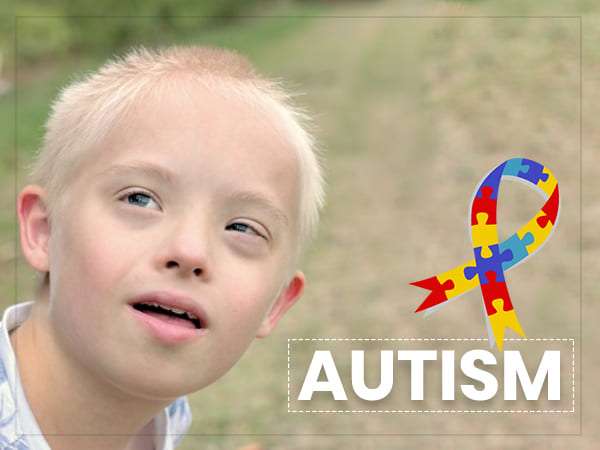Introduction
Autism Spectrum Disorder (ASD) is a complex neurodevelopmental condition that affects communication, behavior, and social interactions. As research in genetics has advanced, many wonder: is autism a genetic disorder? In this article, we’ll explore the connection between autism and genetic factors, as well as the roles that environmental influences play in ASD. By understanding these influences, we can better support individuals with autism and their families.

What is Autism Spectrum Disorder?
Autism Spectrum Disorder is a lifelong condition that varies significantly among individuals. Those with ASD may face challenges in communication, social interactions, and behavior. But is autism a genetic disorder solely, or do other factors contribute? Examining genetic and environmental factors helps us understand autism more comprehensively, improving diagnosis and intervention options.
For those seeking the best Autism treatment, consider visiting:
1. Is Autism Primarily Caused by Genetics?
Genetics plays a substantial role in autism, although it is not the sole cause. Research indicates that autism is linked to genetic and environmental factors combined. Studies show that autism can run in families, suggesting a hereditary component. This genetic influence has led many to ask, is autism a genetic disorder, or do other factors play an equally important role? For further information on autism, you can visit Autism Research Institute (ARI)
2. Insights from Twin and Family Studies
Twin and family studies provide strong evidence that autism has genetic components. Identical twins, for example, have a significantly higher chance of both being diagnosed with autism compared to fraternal twins. This trend suggests that genes contribute notably to ASD. Similarly, siblings of individuals with autism are more likely to receive an ASD diagnosis than those in the general population, which further supports a familial link.
3. Genes Associated with Autism
Twin and family studies provide compelling evidence for a genetic link to autism. For example, identical twins have a significantly higher probability of both having autism compared to fraternal twins. This fact suggests that genes play a critical role in ASD. Additionally, siblings of individuals with autism are more likely to receive an ASD diagnosis than those in the general population, further pointing to a familial, genetic connection.
4. Environmental Factors and Autism
While genetics plays a key role, environmental factors also contribute to autism risk. Prenatal factors, such as the mother’s health, exposure to certain toxins, and even infections during pregnancy, may increase the likelihood of ASD. These environmental factors interact with genetic predispositions, suggesting that both genes and the environment are important in understanding autism. For further information on autism, you can visit National Institute of Mental Health (NIMH)
5. The Role of Genetic Testing in Autism
As more genes associated with autism are identified, genetic testing has become a valuable tool for understanding ASD risk. Although genetic tests cannot confirm autism, they may reveal certain genetic markers linked to ASD. Such insights can assist families in accessing early interventions and tailoring support based on risk factors, ultimately enhancing the quality of care and life for individuals with autism.
Conclusion
Is autism a genetic disorder? The answer is complex: genetics certainly play a major role, but they are not the only factor. Autism arises from a mix of genetic predispositions and environmental influences. As we continue to learn more, our understanding of autism’s causes will improve, potentially leading to better support systems and interventions for those with ASD.
So, is autism a genetic disorder? The answer is complex. Genetics certainly play a major role, but they are not the only factor. Autism arises from a combination of genetic predispositions and environmental influences. As research continues to unfold, our understanding of autism’s causes will improve, potentially leading to enhanced support systems and more effective interventions. For further information on autism, you can visit Centers for Disease Control and Prevention (CDC) .

